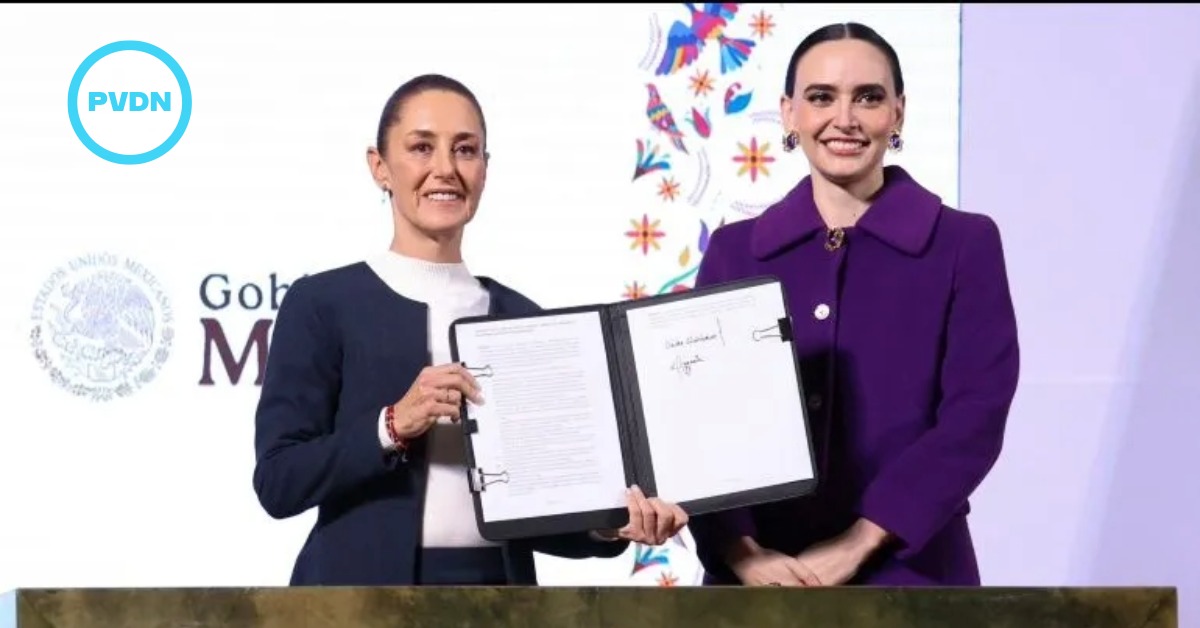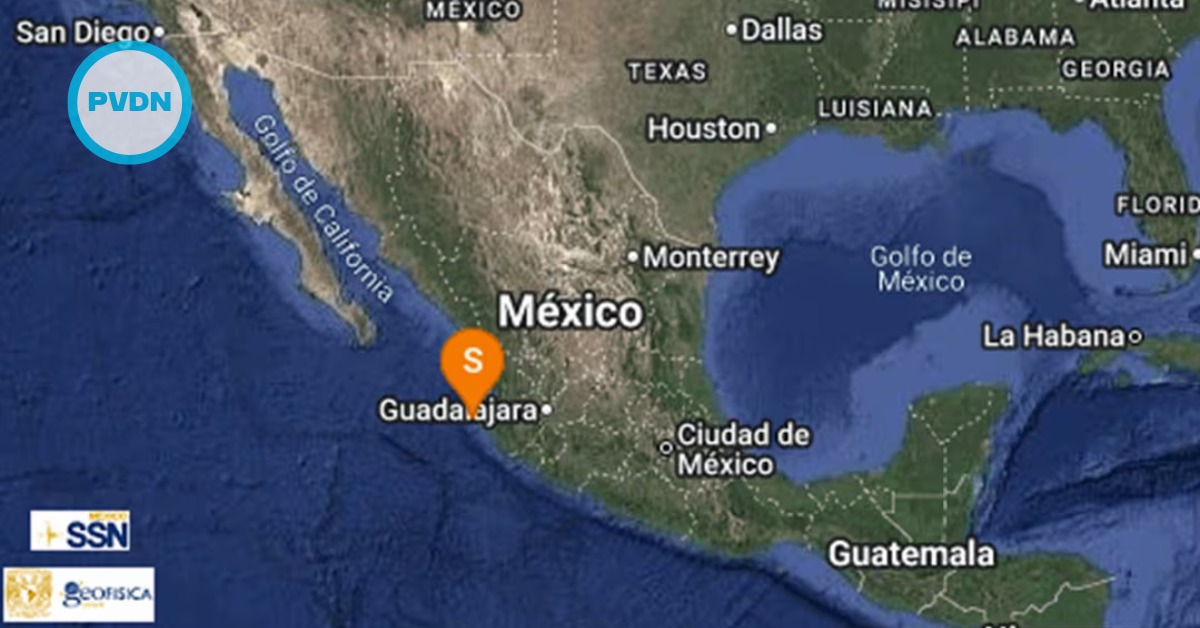Puerto Vallarta, Mexico - In a groundbreaking move, Google Translate has expanded its language offerings to include several indigenous languages and dialects from Mexico. This significant update, which incorporates over 100 new languages and dialects, aims to bridge communication gaps and promote linguistic diversity across the globe.







